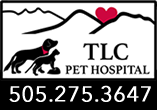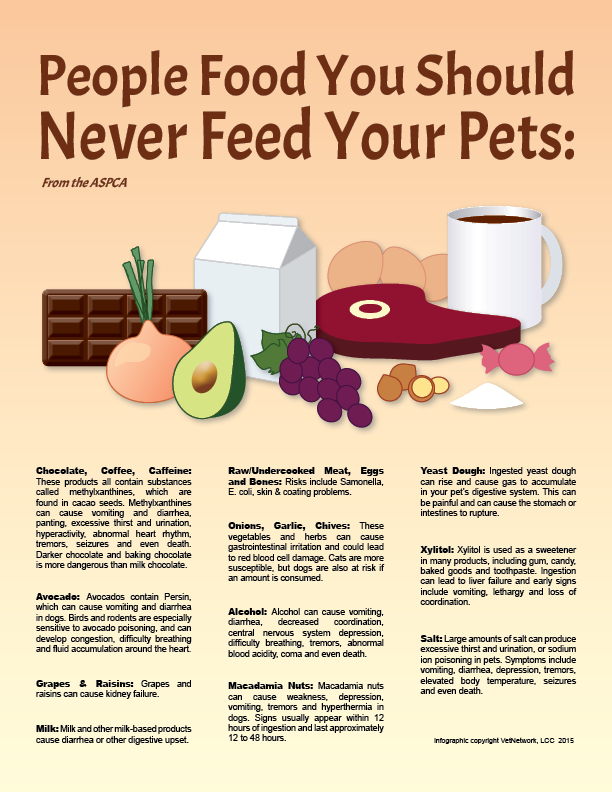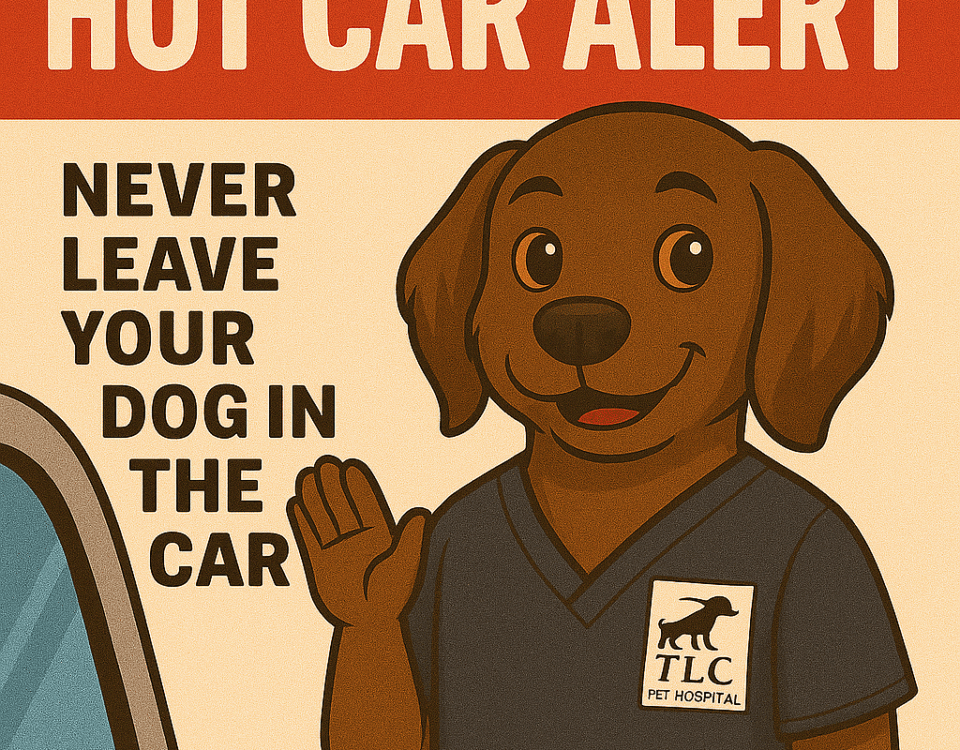Sandia Pet Products
January 28, 2013Heartworm Disease
February 4, 2013Why does a dog or cat need pet dental x-rays for their veterinary dental cleanings or exams? It’s really very simple, the visible part of a tooth is only a small portion of the structure of the teeth and mouth. So, just as your dentist will take dental radiographs or x-rays to so what’s happening below the gumline, the same holds true for a vet dentist.
A dog has a veterinary dental x-ray as part of a comprehensive veterinary dentist cleaning and exam.
Without these vet dental radiographs as part of a dog or cat’s vet dental exam, the pet is not getting the full dental care and evaluation that allows for identifying issues like pet periodontal disease or complex root structure. When your pet receives regular veterinary dental care including radiographs certain oral disease can be detected and cared for early before it begins causes further damage to the pet’s mouth.
If a pet has a broken tooth, x-rays give a full picture of the tooth and root structure. This allows the vet dentist to make an assessment about whether the tooth should be extracted, if veterinary root canal therapy is a better option and to have a final view after treatment to assure that everything below the gum line has been completely addressed. Often, a pet tooth extraction without x-rays results in root structure being left behind, which will later be painful and potentially cause infection.
Board Certified Veterinary Dentists use digital x-rays allowing them to view images within seconds.
When you see a Board Certified Veterinary Dentist you are not only choosing the most highly qualified care for your pet, but also choosing a vet dentist who utilizes the latest in digital vet dental radiographs. Digital x-rays require less radiation exposure for your pet to produce an image of similar contrast to conventional radiography. The images are immediately accessible to the vet dentist within seconds, who also has the ability to enhance the images for the best view of your pet’s dental anatomy.
In order for a veterinary dentist to obtain radiographs, it is necessary for a pet to have any dental cleaning or procedure under anesthesia. Do not be tempted to think that a groomer or other person providing pet dental cleaning or scaling without anesthesia is at all adequate or safe for your pet. They do no more than scrape a pet’s tooth (painful itself for your pet) leaving potential disease the gumline unseen and potentially creating a much greater expense for the pet owner later.
Article from: www.VetDentists.com



